Uncle’s stolen Buick, used in gang killing, triggered lifelong interest in crime, for ‘Notorious San Francisco’ author and Crooks Tour operator
The average armchair sleuth or true crime addict thinks he or she knows something about humans breaking the law.
They haven’t met Paul Drexler.
The Ingleside Terrace man can spew details of a crime that happened almost a hundred years ago, half a world away. But his specialty is San Francisco.

“San Francisco has a lot of criminals,” he said. “In some ways, it was founded on crime.
His fixation on crime led to his 2019 book “Notorious San Francisco: True Tales of Crime, Passion and Murder,” and a San Francisco Examiner column.
He has a host of other projects going, from a second book about true crimes in the movies to walking “crooks tours” about historically crime-ridden neighborhoods in San Francisco like Chinatown and a nine-block area centered on a three-block stretch of Pacific Avenue, between Montgomery and Stockton streets once known as the Barbary Coast.
Drexler, 75, said his interest in crime started in the mid-1950s when his aunt gave him a book about gang rule in New York from 1900 to 1940. Then his uncle’s 1953 Buick was stolen and used in a gangland killing in Weehawken, New Jersey.
“The majority of true crime fans are women,” he said. “And the thing about women is that they’re trying to figure out why someone does something.
But the interest cuts across race, age, and status, he noted.
“A lot of societal issues can be linked to a specific crime or a specific trial,” he added. “Why are there so many crime shows on TV? I don’t think my interest in crime is so different than the average person’s.”
He knows he’s not alone in documenting criminal activity. Still, he said, “I’m unhappy about the glamour that serial killers get. I don’t like the fact that there are 80 books about Ted Bundy, three books about great scientists.”
The Barbary Coast
He said he’s seen interest in crime surge over the last 20 years. “A lot of talented people, writers and documentarians have covered crime. And their writing and production values are far superior to the old stuff.”
And it hasn’t hurt his Crooks Tour of San Francisco. “I enjoy it and I get good feedback he said. “Crime has always been popular,” he said. “Now it’s become popular to a much wider audience.”
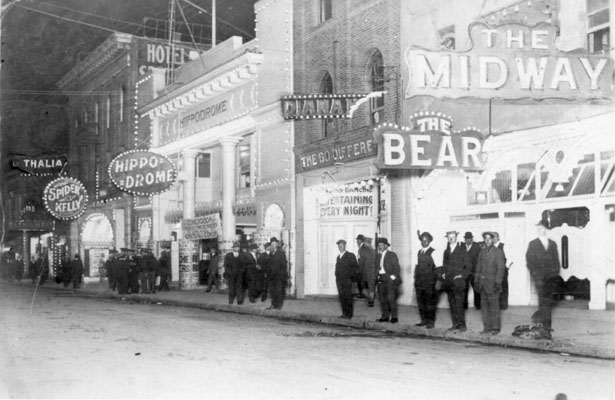
On a recent Saturday walking tour, Drexler expounded on the Barbary Coast of the mid-19th century, which took its name from the home of North African pirates and slave traders who terrorized the coastal villages of Europe.
“They called it the most wicked place in the west, founded in part by criminals,” he said. “There was a lot of crime. The criminals came from Australia and Chile. They asked themselves, ‘How can I make money?’ So, they opened bars and dives. People came to have a good time.”
Today the Barbary Coast is home to shops and office buildings. Drexler, who walks with a cane due to a childhood bout of osteomyelitis, gives a tour to those interested in the history of San Francisco crime that covers several blocks. The tour lasts about 70 minutes.
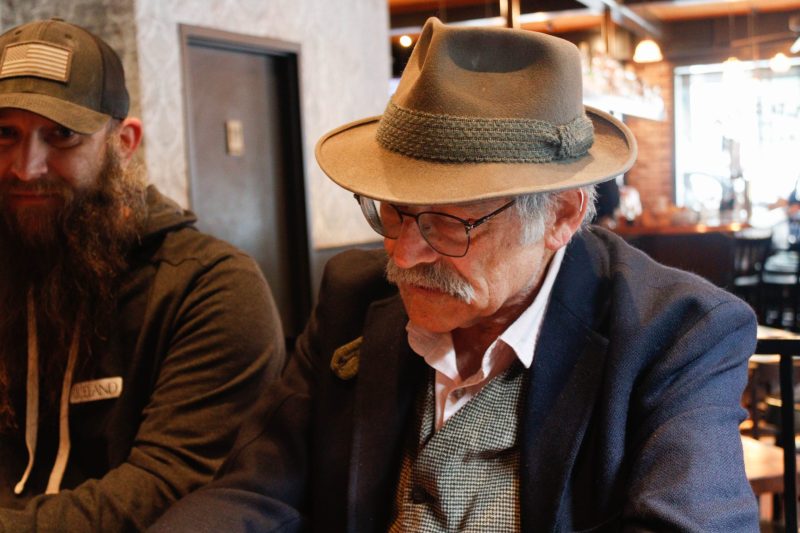
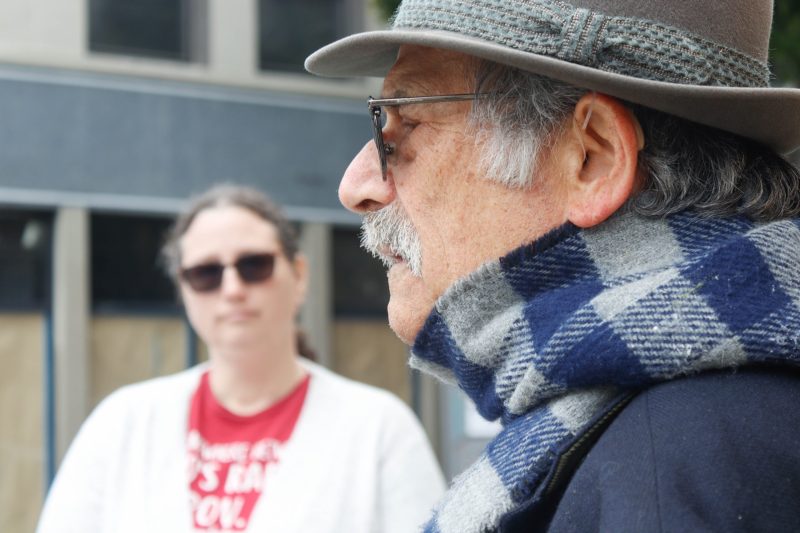
Drexler explained how the Barbary Coast kept expanding as the years went by. “They would build a couple of piers, and they would fill in a street for four blocks that were not built on bedrock,” he said.
From the 1850s to the 1880s, the area became famous for the practice of kidnapping men off the street and shipping them to China against their will, so they could work as sailors onboard the boats. Since they often went to Shanghai, it was called “Shanghaiing.”
“It wasn’t as bad as murder, but it was pretty bad,” said Drexler. “Most people survived it.”
Shanghai Kelly, a red-haired Irishman, was famous for engaging in the practice. He owned a tavern in the Barbary Coast. “We don’t know what happened to him,” said Drexler. “Legend has it he was shanghaied himself.”
Bad and badder
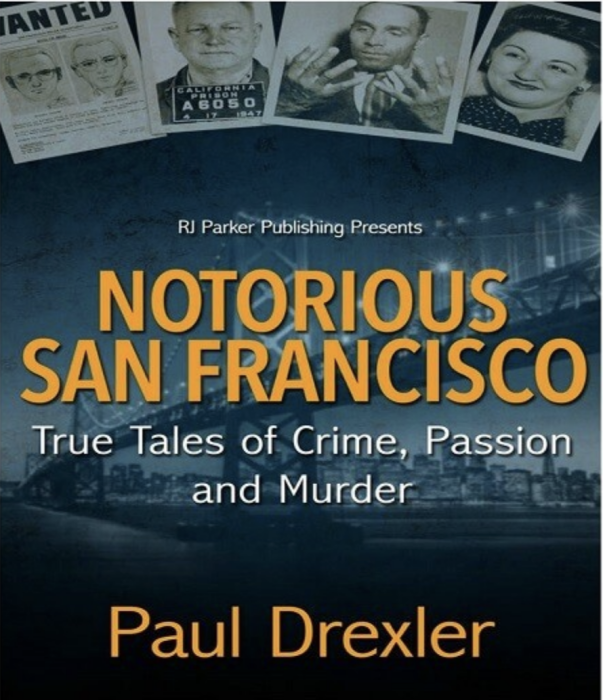
In “Notorious San Francisco,” Drexler examines different types of criminals.
The story of Alfred Cline, the “Buttermilk Bluebeard,” who killed 11 people in the early ’90s is told in a section on serial killers. They were mostly women he married and then killed with doses of cyanide-laced buttermilk. Cline posed as an upstanding, religious man who convinced many of these women to hand over their fortunes before they were murdered. He died in prison after being convicted of forgery.
Another was “The Dark Strangler,” who was born in San Francisco but traveled all over the U.S. and Canada killing landladies after they showed him a room. Earle Nelson, a necrophiliac, was executed in Winnipeg in 1928. “The next day, landladies all over North America breathed a sigh of relief,” Drexler writes.
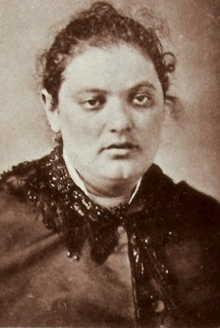
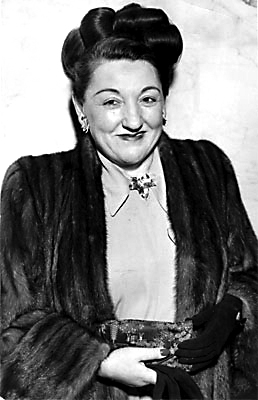
“Big Bertha” Heyman, a 300-pound, confidence woman of the 1880s, is described in a section of female criminals. In between stints in jail, she worked as a chariot racer and professional wrestler.
Sally Stanford went from bootlegger to madam to mayor of Sausalito. Legend has it that the United Nations was founded in the living room of her brothel in 1945 since so many of its international founders paid a visit.
Drexler also wrote a column about notorious crimes in San Francisco for the San Francisco Examiner from 2012 to 2016. He estimates he wrote between 40 and 50 articles.
“It was great,” he said. “I got emails. The biggest compliment I got was from a guy who said, ‘I taught my kid to read by reading your articles.’”
“Murders to Movies,” a prospective title for a second book, ranges from San Francisco and beyond. It covers films about the Zodiac Killer, a serial murderer in Korea, and a French doctor who killed his family.
He thought it might be of interest, noticing that a lot of people on the Internet have questions after watching movies about a particular crime. “People ask ‘Did this really happen? I saw the movie ‘Zodiac.’ Is this really true?’ “
A video game
Drexler is a graduate of Cornell University and a Brooklyn native. He lived in Boston for a time before moving to San Francisco 43 years ago. He designed instructional materials for a number of Bay Area companies, including Bechtel.
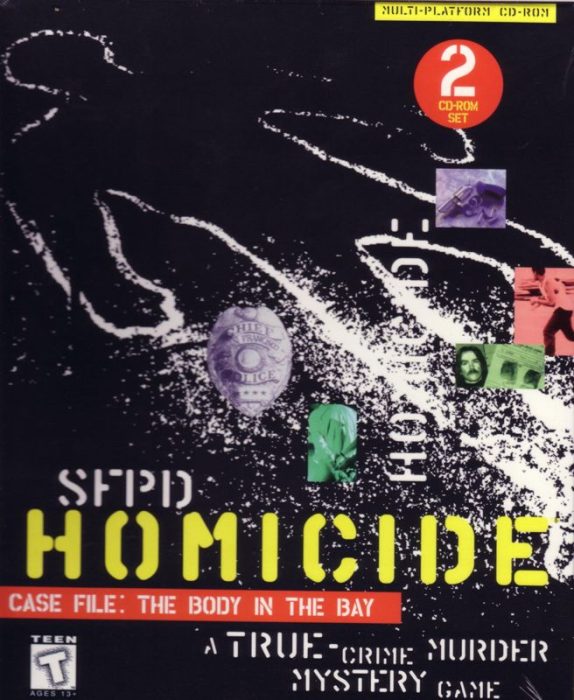
He also met a homicide detective with whom he became friends. With his help, in 1995 he developed a video game about crime in the city. Called “SFPD Homicide: The Body in the Bay,” it was based on a murder that happened in the 1970s when a man and his wife murdered his father and left the body in San Francisco Bay.
In 1995, SFPD Homicide won the prize for favorite game in a competition in Cannes underwritten by the French Publishers’ Association. It was also used for a time in police training, Drexler said. (While the video is available on sites like eBay, it will only run on older computers, he said.)
Drexler served as writer and his wife, Julie Marsh, as producer on the video game. “My wife and I are very good storytellers. We gave all the characters a back story.”

Marsh helps him on his projects and accompanies him on the Crooks Tour but is not a big crime fan. She’s an avid pickleball player. Both enjoy the theater. One of their identical twin daughters, who live in the Bay area, is an actress, so they frequently attend her shows.
At one time, Drexler dabbled in collectibles, what some people might call junk or old antiques, like Chinese wind-up toys. He opened a store off Market Street that lasted a few years. He called it Art Drecko.
“It shines and stinks like a rotten mackerel in moonlight,” he said, a description like something out of a crime story. “It’s so bad, it’s good. It’s beyond kitsch.”





